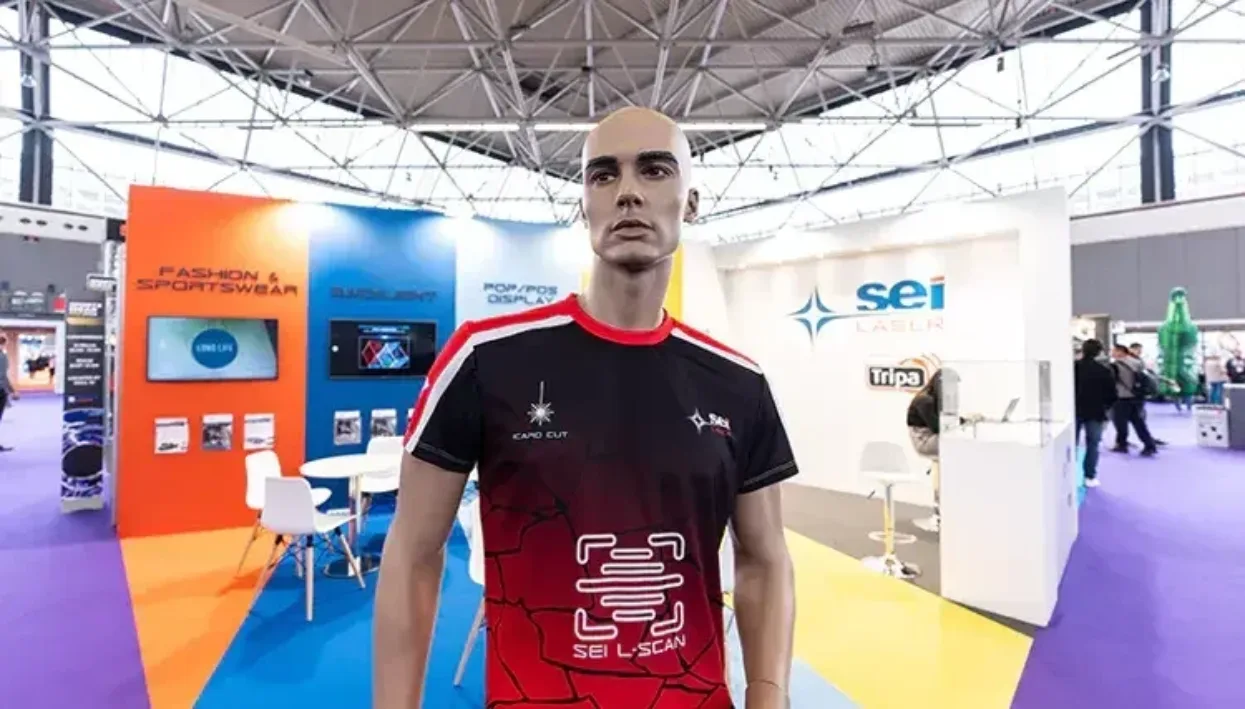AI
Personalisation
Sportswear
Sustainability
Sportswear Pro: building ‘Brand Me’
Author
FESPA Staff
Published Date
22/04/2024
Become a FESPA Member
to Continue Reading
